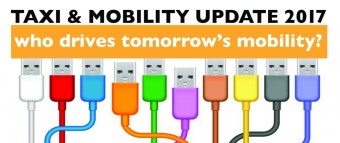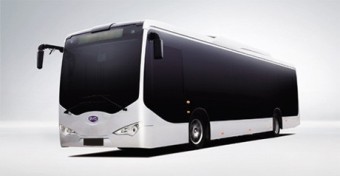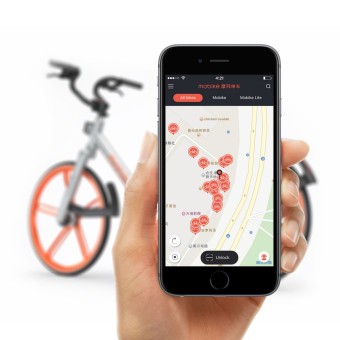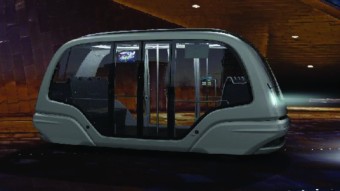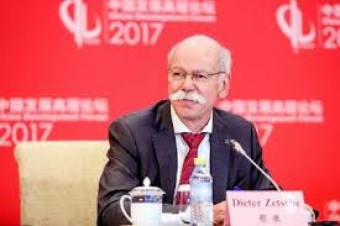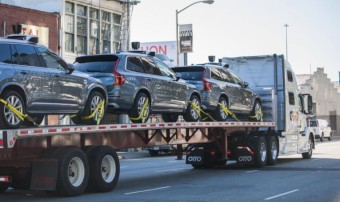Fancy a quick and insightful update on mobility? NOW is the time to register for Taxi & Mobility Update 2017, May 4 and 5, Brussels, Belgium
Have you even wanted a quick update on the major developments in the taxi, PHV and larger mobility world? Put yourself completely in the picture? And network with many colleagues in the taxi and mobility world?
Then you need to register for Taxi & Mobility Update 2017, a two-day annual international event held in Brussels on May 4 and 5, which will give you a fairly complete picture of changing mobility from various perspectives: operators, aggregators, regulators, academics, mobility specialists, public transport…. Come and join us in Brussels on May 4 and 5 and REGISTER NOW.
What will we be talking about in Brussels? About ‘All change!’ Mobility is changing rapidly. Mobility solutions are getting more personalised. Apps and different providers are making the mobility landscape more individualised. Yet the players of tomorrow won’t be today’s transport providers. Who drives tomorrow’s mobility?
Tomorrow’s mobility will be more tailormade. Even before autonomous vehicles appear on our streets, Taxi and For Hire Vehicles, Transportation Network Companies (TNC’s), public transport operators, coach companies and bike and carsharing systems will each fill in part of the mobility puzzle. And how close are we to that autonomous future? Come to Brussels and find out!
Who’s going to do what? Which operator or company is going to take the lead? What will be the new business models? And what will be the role of governments and regulators –local ones, the ones on state level, national institutions or even international ones like the EU? Will mega-cities have a say? Let us provide you with the answers!
The international two-day annual Taxi & Mobility Update – unique in this area, straddling various forms of transport – gives an in-depth overview of the mobility industry and provides (smart) answers to solving the mobility puzzle. More like an international masterclass, this event unites various players from a number of different industries. We traditionally provide ample opportunities for networking.
After our very topical keynote speakers (soon to be revealed) this time we have planned exciting sessions on:
- The future (and drivers) of urban mobility: quo vadis public transport?
- Mobility on Demand (MOD) and Mobility as a Service (MaaS): who’s in the driving seat?
- New business models: the taxi and FHV industry’s fightback
- The latest on autonomous vehicles: what’s the taxi industry’s role?
- Regulatory changes on various levels: EU, regional and local
- International consolidation: why buy a cab or FHV-company?
- Technological change: accessible vehicles, meters and IT-solutions
- Electromobility: plug-in or hydrogen?
- International challenges – local responses. Why?
In the heart of Europe, specialists from all over the world will provide our target-audience (taxi and FHV-operators, public transport specialists, TNC’s, regulators, mobility associations, academics, consultants, politicians and suppliers to the mobility industry) with answers to solving the mobility puzzle: Who’s in the driving seat?
Join us in Brussels on May 4 and 5! Follow us on www.taxiintelligence.com and www.mobilityintell.com and register here for Taxi & Mobility Update 2017: http://www.mobilityintell.com/update-2017/
- Taxi & Mobility Update 2017: Register now!
